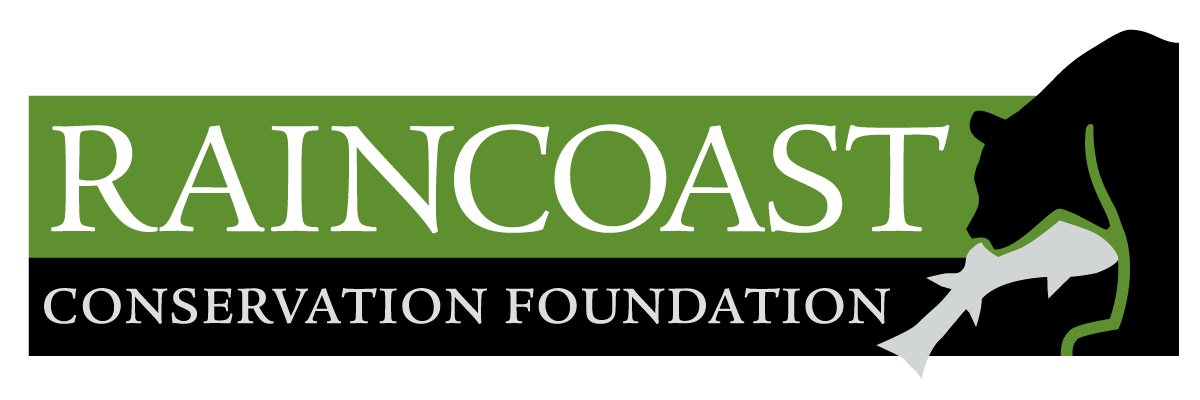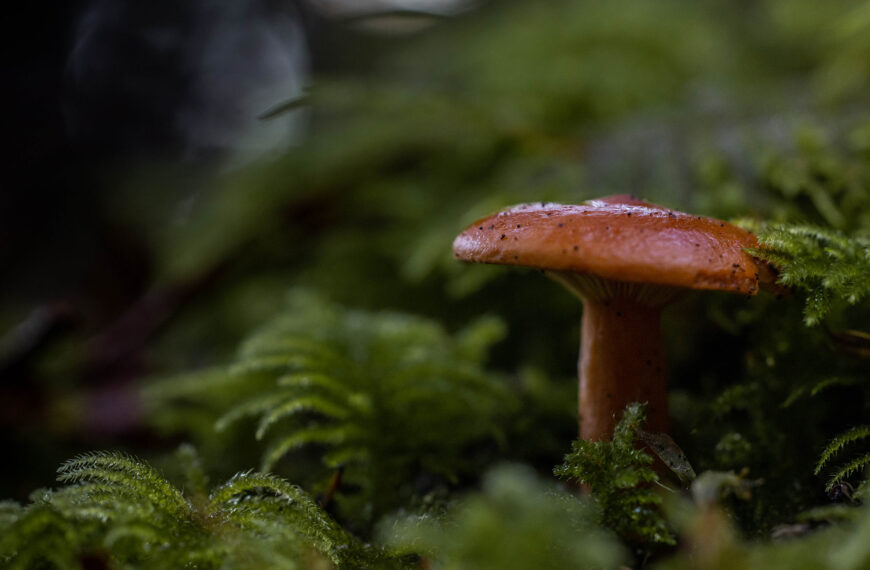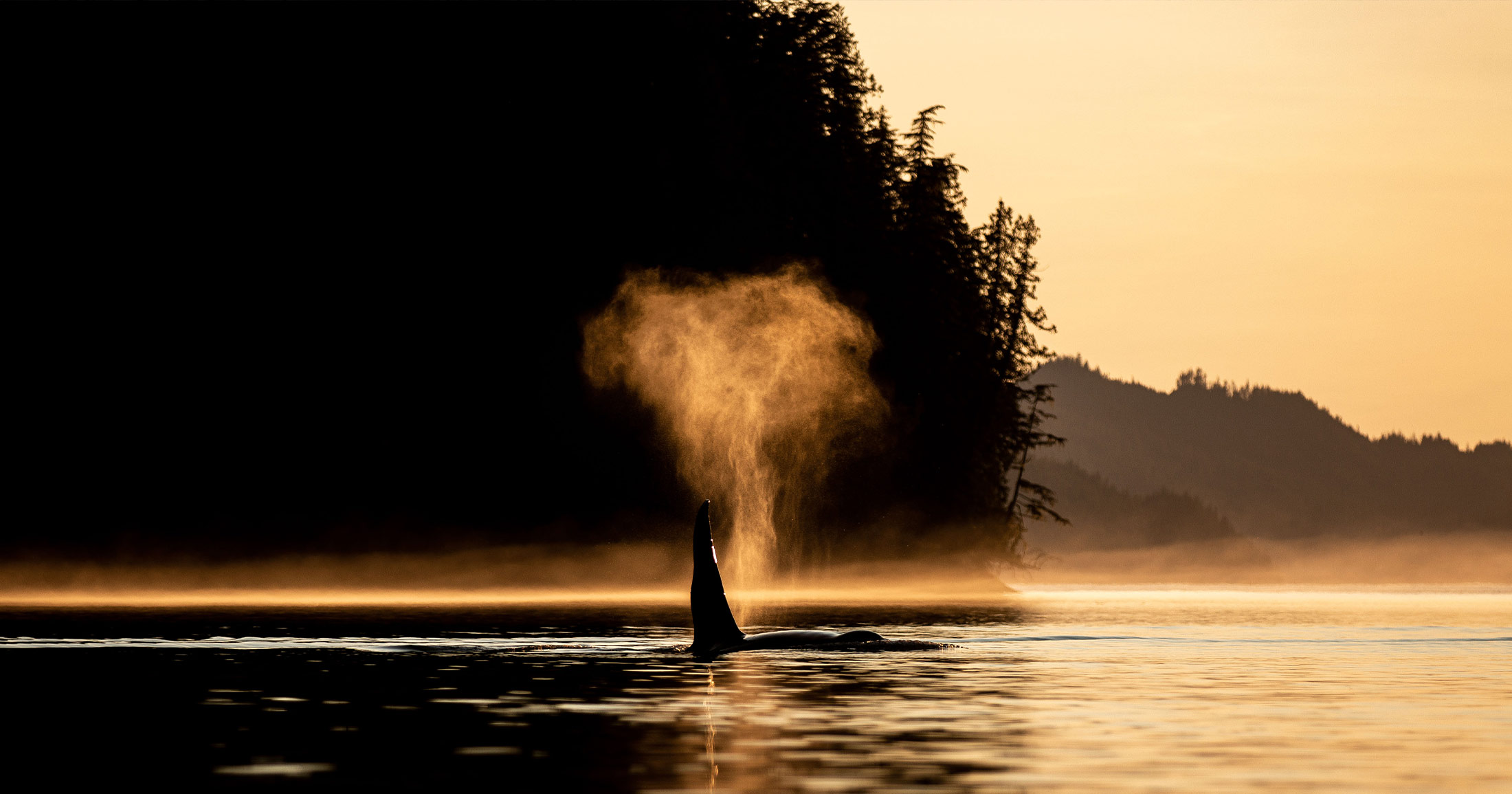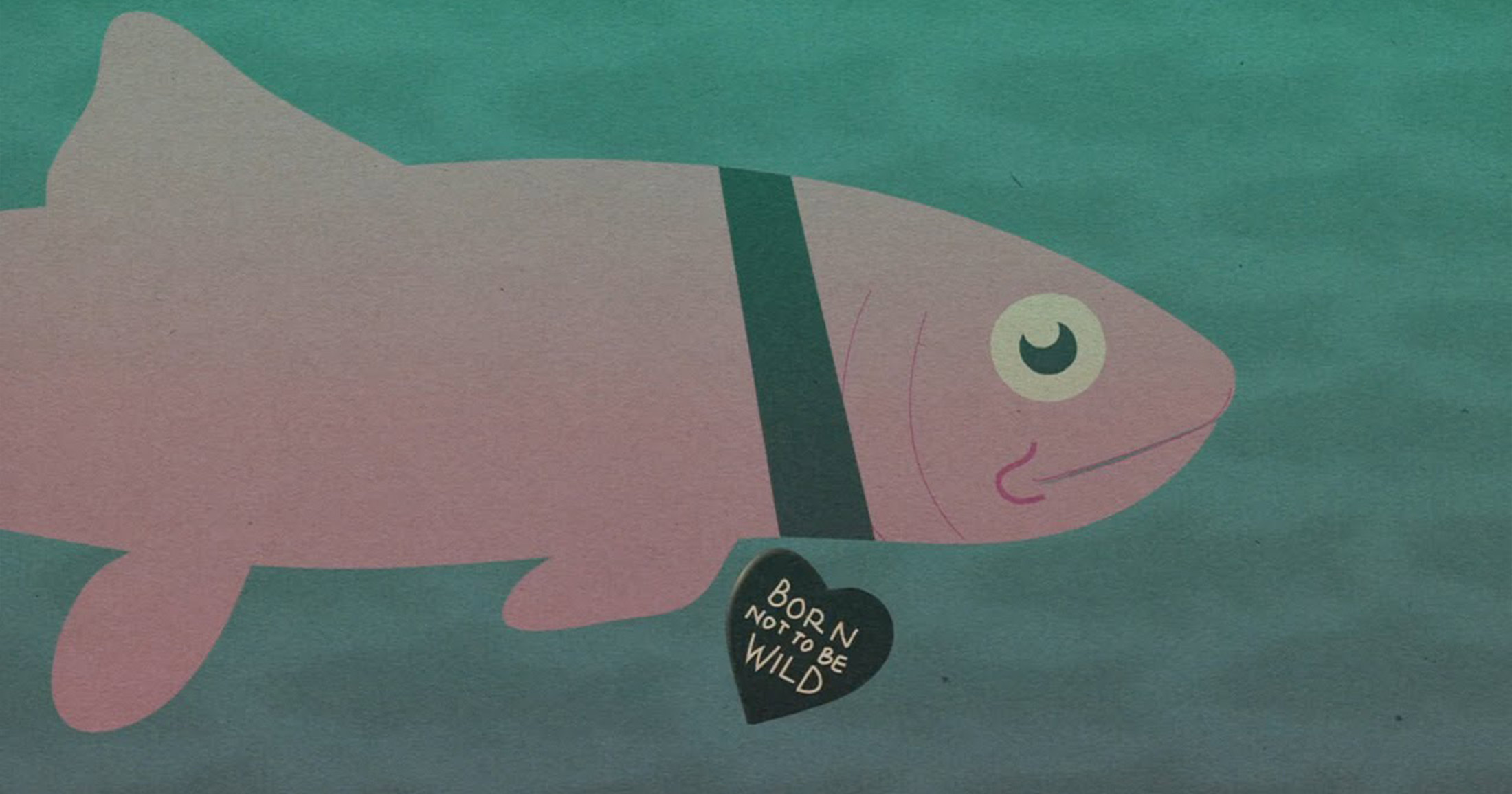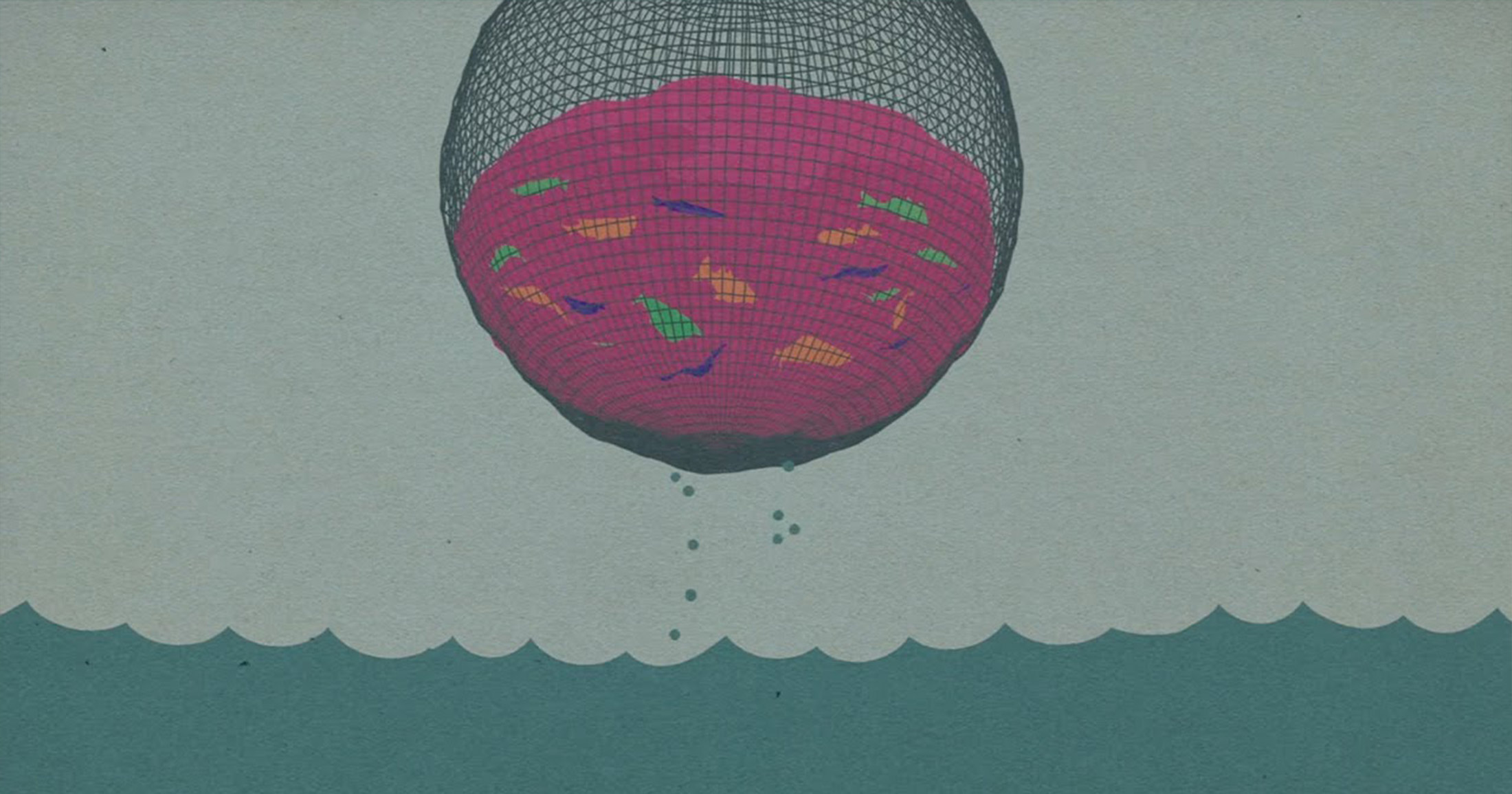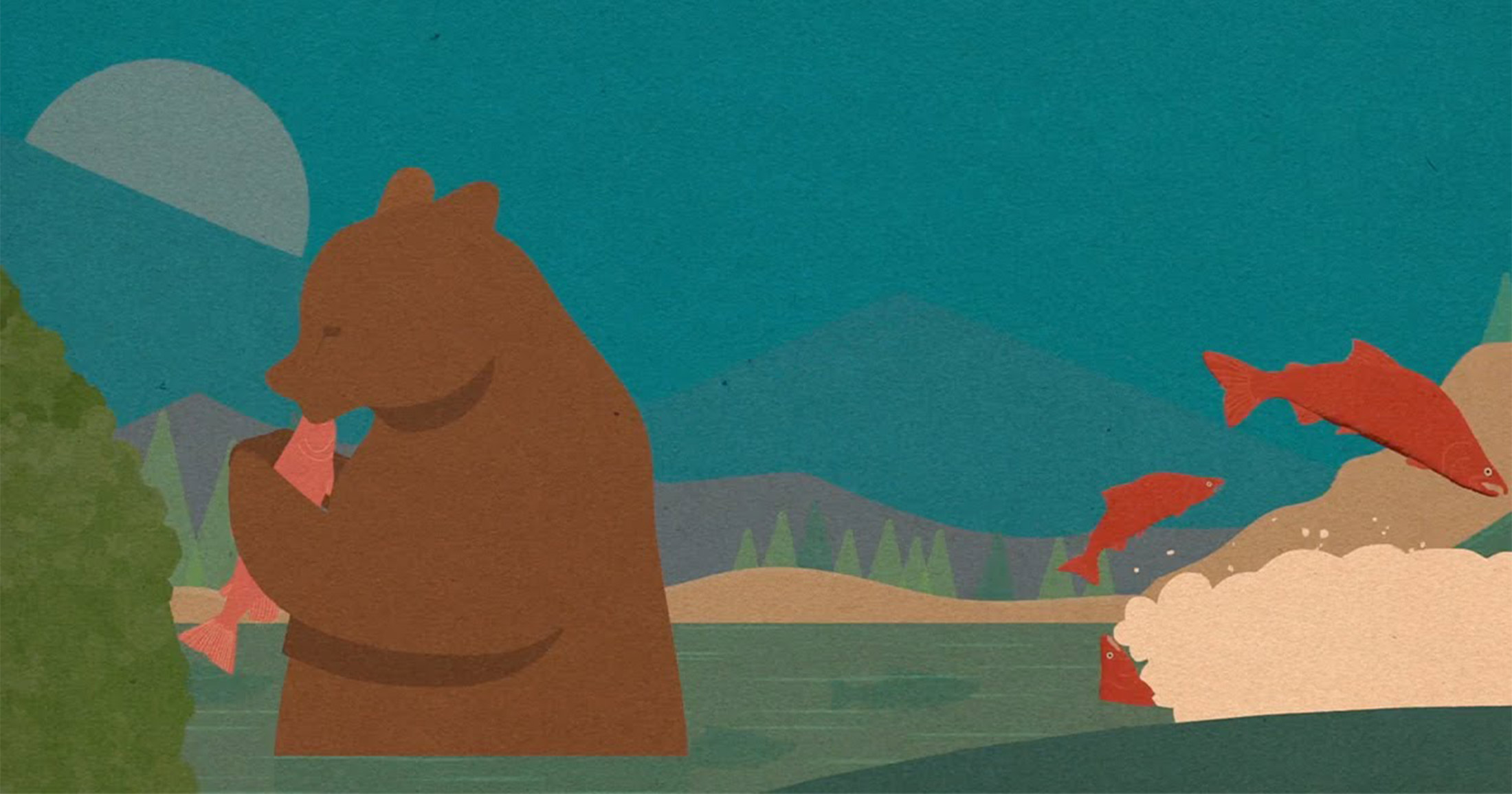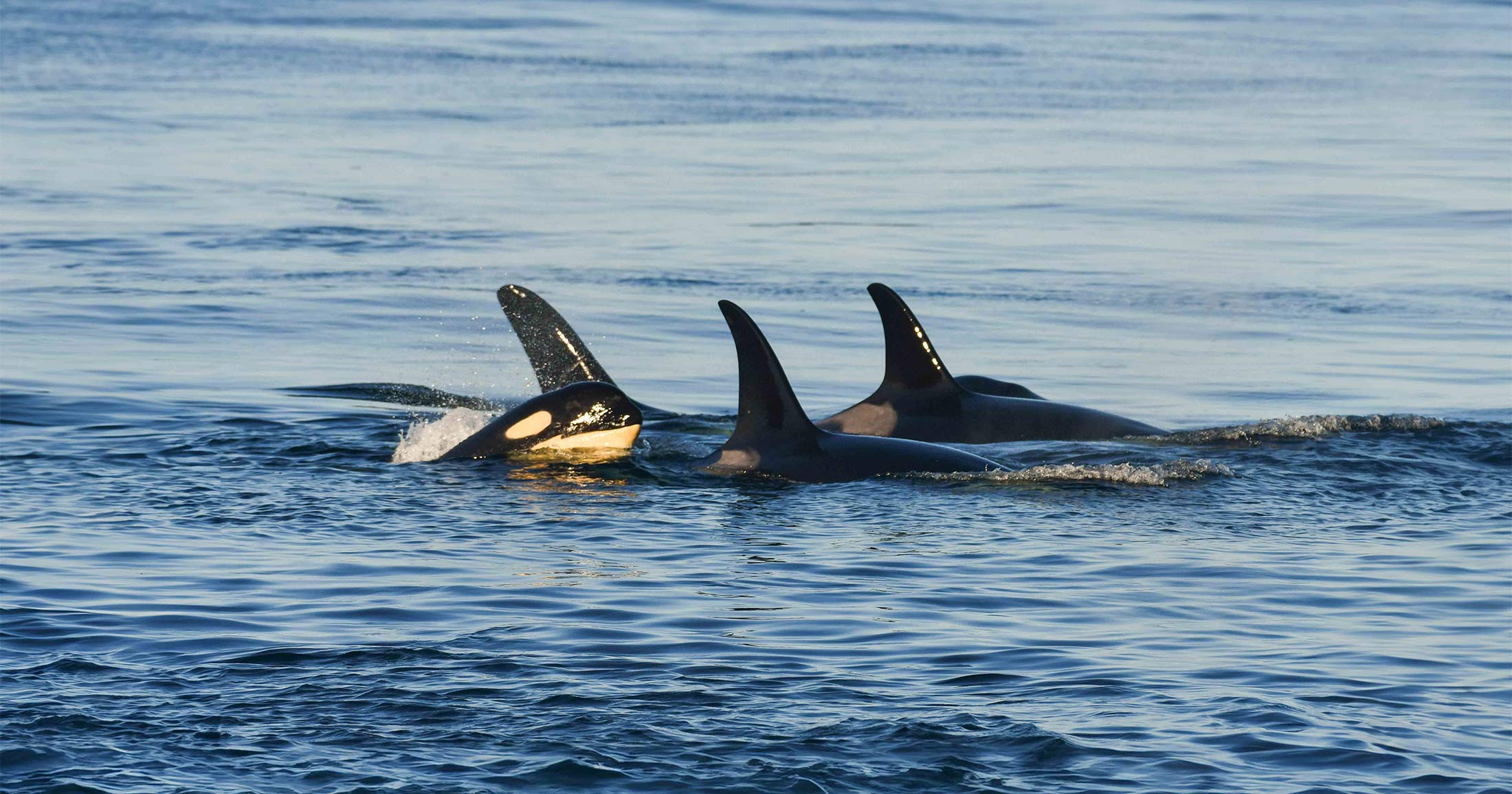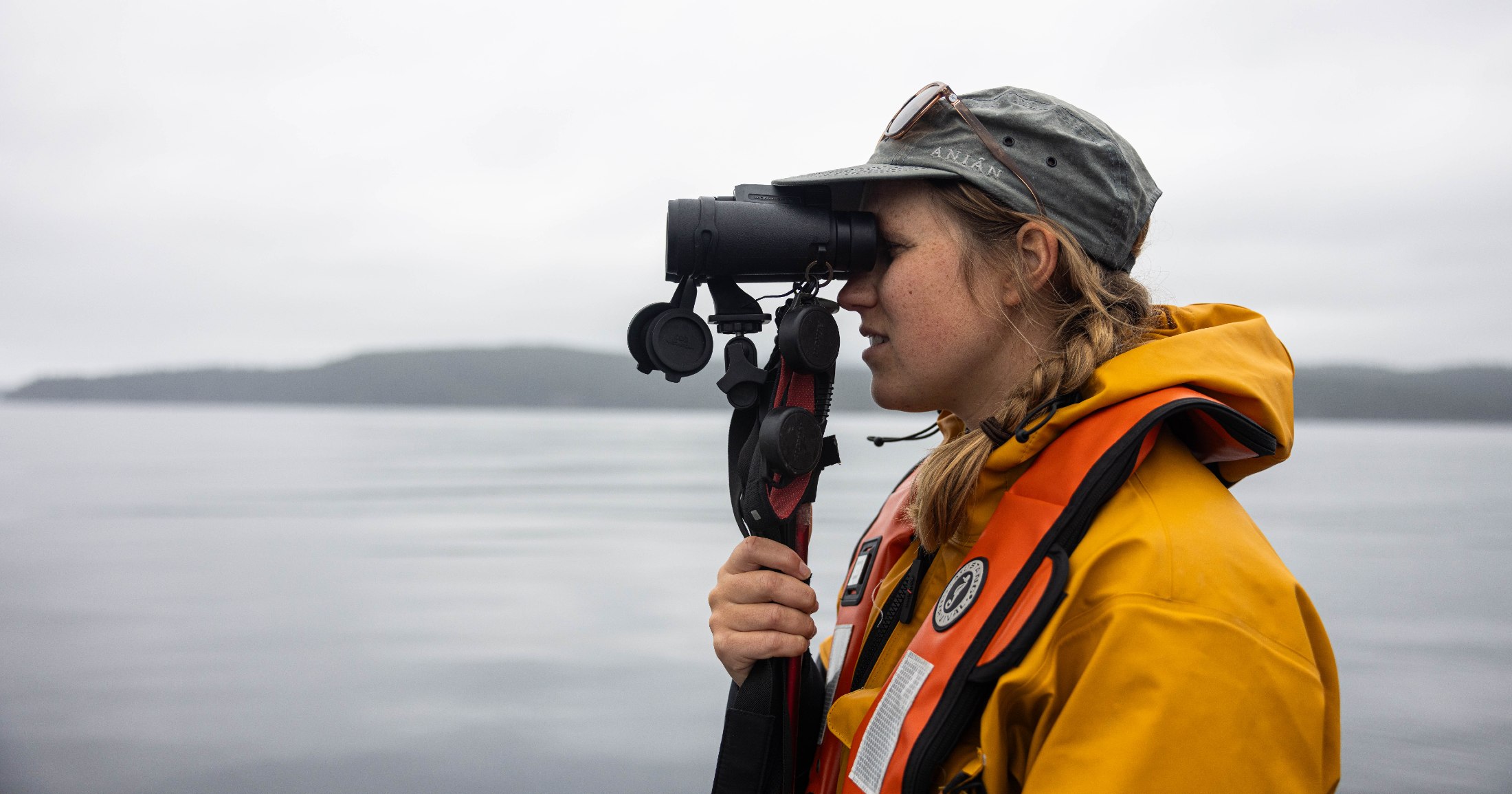Notes from the Field: After the spill
The aftermath of the Nathan E. Stewart sinking
This is a ‘Notes from the Field’ I wish I wasn’t writing. As a Raincoast biologist privileged to call Waglisla (Bella Bella) in Wax’wuisaxv-s Haiłzakv (Heiltsuk Territory) home, I’m often astounded by the richness of this area. Unfortunately, my time recently has been spent in awe, not of ecological and cultural treasures, but of the aftermath of a petroleum tug-barge tanker crashing into one of them.
Almost two weeks ago, the Nathan E. Stewart drove straight into a reef in the middle of the night. Thankfully the barge was empty, but the tug sank and began leaking marine diesel. The Canadian Coast Guard arrived on the scene almost immediately, and rescued the crew members aboard the tug. Unfortunately, the Coast Guard is not equipped, nor tasked, to deal with oil spills, and the company responsible for BC’s coast, WCMRC, was not able to bring their spill response vessel for almost a full day. By then a large diesel slick extended away from the site, and into Qvúqvai (Gale Creek). Members of the Heiltsuk community rushed to the scene and set up an emergency coordination center in town. In the days that followed, personnel from a number of agencies arrived. However, it took more than a week to remove the remaining leaking oil from the tug, and, two weeks in, the tug is still in the water, diesel slicks are still being observed, and area beaches remain contaminated.
That this happened is beyond disappointing, but where it happened is devastating. This is not a nondescript piece of coastline. Qvúqvai and surrounding waters is a place where I’ve shared a warm summer day with a superpod of 60 orcas, a cold, blustery week with wolves eating herring roe right off the beach, and countless commutes delayed by unexpected encounters with whales, porpoises, and bears. Importantly, this is also a place of immense importance to friends and colleagues in the Heiltsuk Nation. Qvúqvai is a place where chiefs, stories, and names come from. It provides the most important clam beds in the territory (now closed due to contamination), providing considerable employment during the harvesting season. It provides seaweed for traditional roe-on-kelp harvest of herring eggs. Edible seaweed is also harvested nearby, as are many species of salmon and other fish. Not long ago, it was a prime spot to harvest abalone, and the very reef upon which the Nathan E. Stewart crashed remains habitat for the endangered species.
Since the sinking, I have spent a handful of days at the wreck as an observer for the Heiltsuk Nation. The contrasts are striking. Last week, an oil slick covered the very spot I’d previously seen that superpod of killer whales. A pack of wolves was spotted patrolling a contaminated shoreline. While onsite, we’ve seen humpbacks swim by, snow geese migrate past by the hundreds, and heard radio reports of sea otters, orcas, and deer, all with the sunken tug looming in the background.

Immediately behind the wreck, I was ashore for an afternoon to observe a beach clean-up that ultimately did not happen, due to inadequate equipment and a WCMRC work crew that did not arrive. Absorbent booms soaked with diesel had been left on the beach for days and have since broken open, littering the beach with small pieces of absorbent material, Styrofoam, and diesel sheens. This is just upslope of beds of (once) edible California mussels, large patches of eelgrass, and a dizzying array of seaweeds, anemones, sculpins, snails, chitons, barnacles, and encrusting algaes. On the low tide, the usual rich smell of ocean meeting air has been replaced by a nauseating smell of diesel.
Watching attempts at containment, recovery, and clean-up, has made one thing abundantly clear – cleaning up spills in this marine environment is basically impossible. I’ve been impressed at the professional dedication of the Coast Guard on scene, the dedication of environmental consultants brought in, Province of BC staff, and of course members of the Heiltsuk Nation who have dropped everything to devote themselves to the response. Certainly, improvements could be made, but it’s painfully clear that no matter what personnel or equipment is shipped in, this environment is simply not conducive to clean-up, with responders at the mercy of rocks, waves, winds, and the remoteness of the site. Weather has often been too rough for people to work on the wreck. Booms have been torn apart in front of our eyes, with surfable waves crashing over them, making any thought of containment in this environment laughable. But the weather we witnessed was nothing compared to the storms we get in the winter, or the usual weather experienced just around the corner.
This spill has considerably jeopardized an incredibly important area, but it is just a hint of what could have happened. Had the barge been travelling fully loaded, orders of magnitude more petroleum would be contaminating a significantly larger swatch of the Great Bear Sea. I can’t even imagine what the aftermath would have been had this been a full-sized tanker.
That this crash happened is further reminder that no matter what safeguards are in place, accidents do happen. Oil-carrying ships loaded with modern safety equipment do drive straight into islands, in three kilometer-wide channels, on calm clear nights, let alone in more challenging areas or conditions. When they do, the damage is done. What has happened at Qvúqvai is a striking reminder of what’s at stake with proposed oil traffic on the coast.
Moving forward, the Heiltsuk Nation is now conducting their own investigation, documenting the spill response, and conducting human and cultural impact interviews, all at their own expense (funds made available from the oil company only cover direct response costs). A fundraiser has been established to help offset these additional costs and we urge you to consider a donation.
Kyle Artelle
Raincoast Biologist and Ph.D. Candidate
Support our mobile lab, Tracker!
Our new mobile lab will enable the Healthy Waters Program to deliver capacity, learning, and training to watershed-based communities. We need your support to convert the vehicle and equip it with lab instrumentation. This will allow us to deliver insight into pollutants of concern in local watersheds, and contribute to solution-oriented practices that protect and restore fish habitat.

